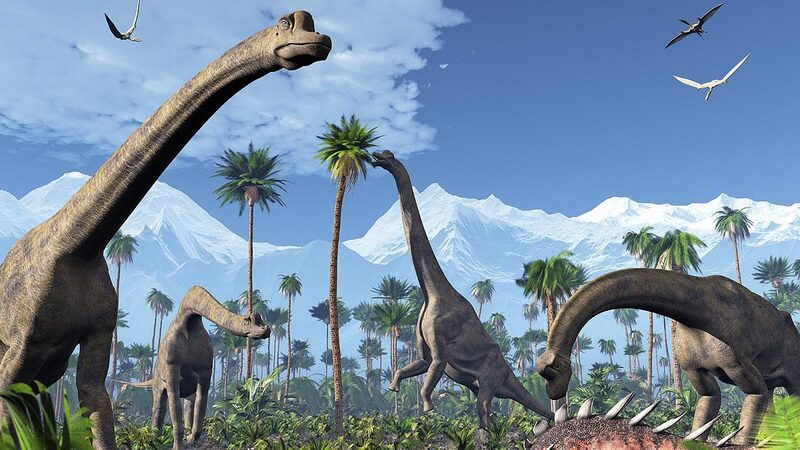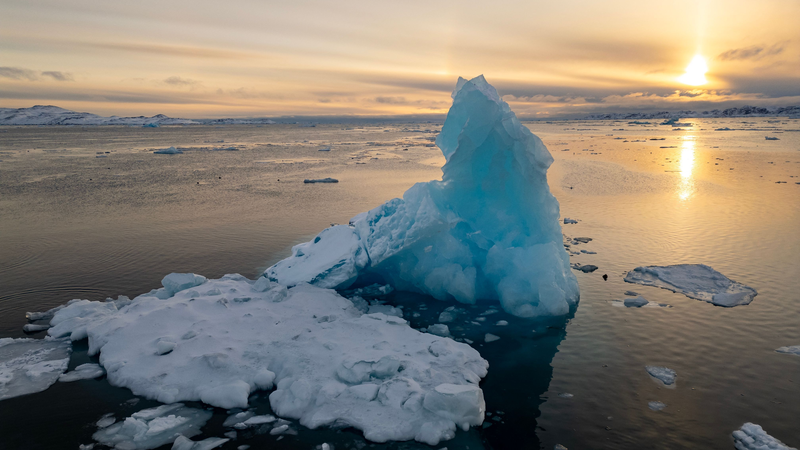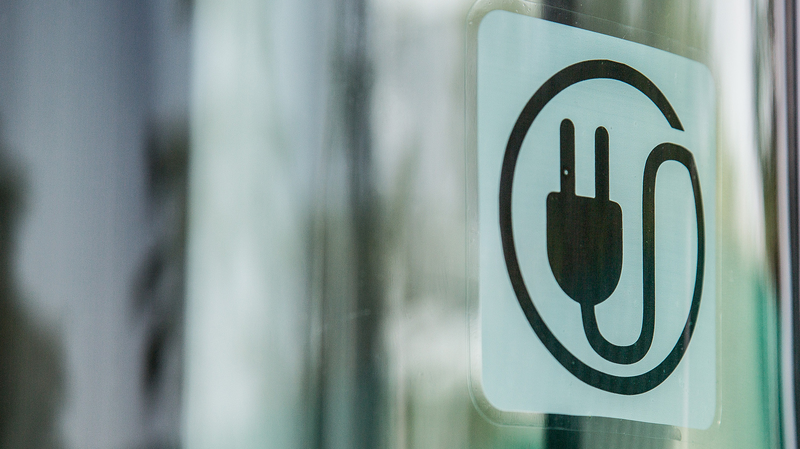Ever wondered what dinosaurs had for lunch? 🍽️ Well, scientists are getting up close and personal with some ancient leftovers—literally! Fossilized dinosaur poop (coprolites) and even vomit are helping paleontologists piece together the puzzle of how these prehistoric beasts lived, ate, and rose to dominance millions of years ago.
These not-so-appetizing fossils might make us go “eww!” 🤢, but they’re like gold mines for researchers. By studying coprolites, scientists can identify what dinosaurs ate, from plants to smaller creatures. Imagine finding bits of bones, seeds, and even tiny shells embedded in ancient dung! It’s like a prehistoric menu. 📝
But wait, there’s more! Fossilized vomit (yes, that’s a thing) offers clues about dinosaurs’ digestive systems and feeding behaviors. For instance, if a predator couldn’t digest certain parts of its prey, it might regurgitate them—leaving behind a mess that turns into a treasure trove for today’s scientists.
So why does this matter? Understanding the diets and habits of dinosaurs helps us reconstruct the ecosystems of the past. It’s like traveling back in time to see who ate whom and how the food chain worked. 🌿🦕
For young adventurers and science enthusiasts across South and Southeast Asia, this research is a reminder that sometimes the grossest stuff leads to the coolest discoveries! 🕵️♀️ So next time you think about dinosaurs, remember that their “leftovers” are feeding our curiosity today.
Reference(s):
Fossilized feces and vomit help scientists reconstruct dinosaurs' rise
cgtn.com



